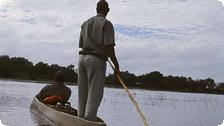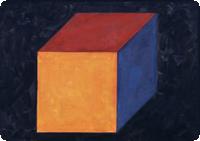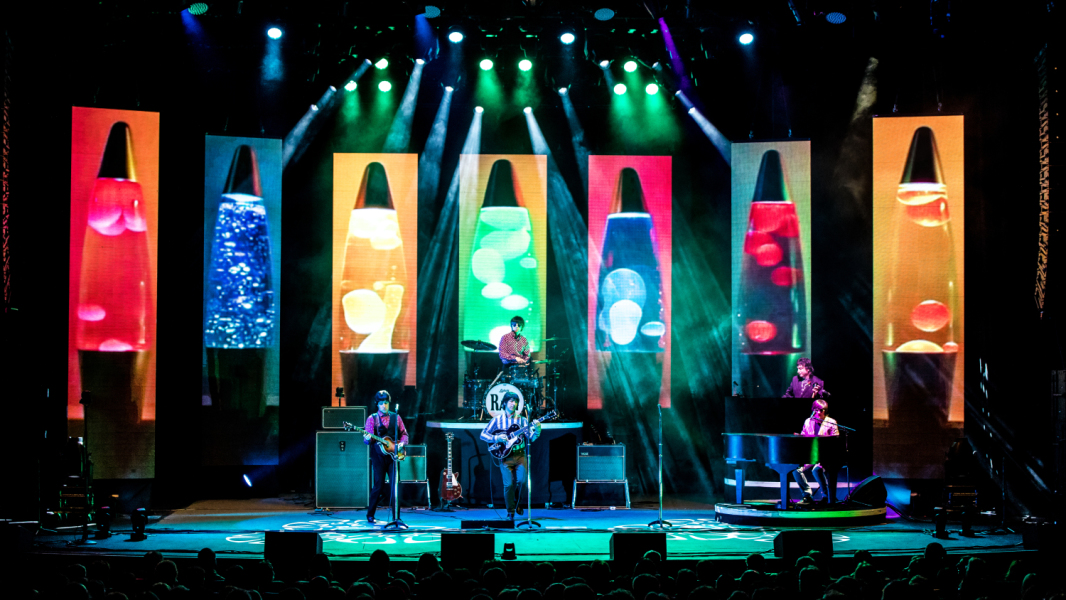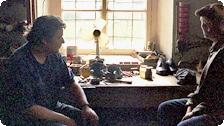by Julie Ferro
Safari camps are clean, found in attractive areas, and, in some cases, the word luxuriant would not be an inappropriate description of them.
Located in scenic areas not far from game reserves and national parks (for easy access to sightseeing and safaris), camps are often a reflection of their surroundings. Tents are set on a space or pad specifically designed for ground or platform use, and are decorated with the work of local artisans and craftspeople. Most of the kitchen and cleaning staff are local to the area as well. Safari guides tend to be local too, but some move from camp to camp, and some are even from other countries. Many of the people who
run the camps are transplants from England, Australia, or South Africa, lending the camps an international flair.
The tents themselves are incredible to behold, and their spacious interiors can compare to a lovely hotel room. The ceilings have ventilation flaps that open or close as desired, and roll-up window flaps line the walls. Flaps at the front and rear entrances serve as porches.
The main room of a tent I stayed in at Pom Pom in Okavango Delta, Botswana measured roughly 151 x 151. Another, separated space served as a full bathroom—shower included, and all tents had an additional shower or bathtub outside. The tents were spaced out nicely, so each place had privacy.
A fifteen-seat bush plane flew over the savannahs and desert sands of Botswana to drop us off at Pom Pom’s dirt airstrip at about 4:10 pm. The camp staff greeted us with a welcome song and dance, and served us afternoon tea, where they briefed us with three very important rules.
Number One: Always keep the tents zipped up. Monkeys are known to have sticky fingers if they encounter an unzipped and unattended tent. Vast numbers of monkeys hang around camp Pom Pom, jumping from the trees and using the tents as slides. Their sharp eyes keep a lookout for unzipped, vacant tents. The same day we arrived, tourists returning from sightseeing discovered what looked like a windstorm had blown through their tent, with several unmentionables hanging where they shouldn’t.
Number Two: In each tent there is a can marked ‘doom’ that can and should be used to kill any sort of crawling or flying pest.
Number Three: In each tent there is a can with a red top that should be used only in extreme emergency. The red top can emits a very loud, shrill sound that alerts everyone. There are no practice drills with number three.
On the last night of our stay at Pom Pom, I was sleeping peacefully when
I felt something crawling across the sheet on my chest. My hand instinctively flung the bed linens aside and I hear something land with a thud. Praying the generators were working, I snapped on the bedside lightswitch. Should I use the can with the red top? Nervously, I investigated. I entered the bathroom, where, staring back at me from the other end of the room, was a very large mouse. Frightened, it ran around the
tent and into the corner where my open luggage sat. I poked at the bag, relieved when nothing came out. In the morning, as I rearranged and refolded the bag’s contents, however, I found my long, green cotton skirt had five holes gnawed through it.
The Okavango Delta is a lush oasis in a portion of the Kalahari Desert that forms when the Okavango River overflows each year. A primary source of transportation in this area is a small boat called mokoro, or dugout canoe. Because the Delta waters are, for the most part, quite shallow, a young, sturdy, straight tree stripped of its branches is used to propel and steer the mokoro. The pole, or ngashi, is usually made from the mogonono tree. Journeying by boat is a peaceful and picturesque
way to watch the fascinating array of wildlife.
Landscapes change from country to country, so each safari camp has its own unique style and personality. Namibia, unlike Botswana, stretches all the way to the Atlantic Ocean on the west coast of the country.
Lianshulu, which means “the place of spring hares,” was a different style safari camp in Namibia. The campsite is on the banks of the Kwando River, which separates Namibia from Botswana. Our Namibian hosts arranged fresh flowers and lovely missives for us to discover each day in our cabins. The camp was composed of rough log-cabin buildings with a tent inside, where just the bed was located. The furnishings, including beds, tables, chairs, desks, and lamps are similar to what would be found in an upscale hotel room.
The lights and hot water are run off of generators. I never experienced a hot shower at Lianshulu, but always had ample light to read each night, before the bird, monkey, and hippo symphony lulled me to sleep.
Safari guides have a fascinating wealth of information to dispense to interested tourists. The guides explain to us that many of the adult animals have “follow me” signs, like light or dark markings on their hind legs and tail so that young animals don’t get lost. Also, when baby cheetahs are born they are very vulnerable until they are old enough to gain speed, their only protection; Mother Nature therefore arranged for them to look like badgers, a fierce animal, to camouflage their innocence.
Another outstanding safari camp, Makalolo in Hwange, Zimbabwe, left us with great memories. This unique camp was entirely built on stilts. The individual living quarters, the walking paths, and the place we gathered for social activities were all on stilts. Even the small swimming pool with a sundeck was also built on stilts. Some elephants relished drinking from this pool in the evening just before sunset. We all enjoyed our cocktails amid the elephants and the glorious African sunset.
Be sure to contact your travel professional or government tourist office for tour details.














